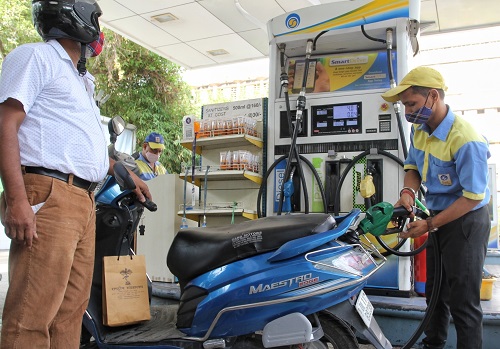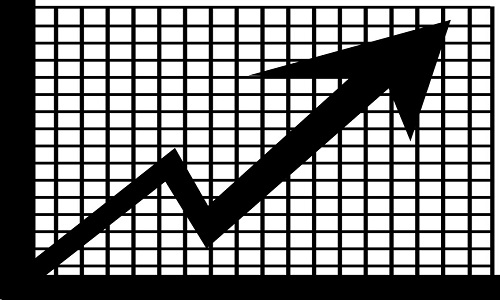IIT Guwahati, IIM-B teams make breakthrough in pricing carbon risk

Follow us Now on Telegram ! Get daily 10 - 12 important updates on Business, Finance and Investment. Join our Telegram Channel
Researchers from the Indian Institute of Technology, Guwahati (IIT-G), and IIM Bangalore have established in a new mathematical analysis a relationship between the carbon footprint of companies and the potential risks of investing in these firms.
For the study, the researchers carried out an extensive data analysis of over 200 of the largest listed companies in the American market. They also considered direct Greenhouse Gase (GHG) emissions of the companies and purchased GHG emissions (in power consumption or heat).
They found that most of these companies (71.6 per cent) showed a decrease in their carbon emissions in the 2016-2019 period. It was found that carbon footprint had a positive correlation with the size of the companies and their revenues.
However, the correlation with expenses was found to be slightly less than that with revenue, which they attributed to the higher expenses of switching to renewable energy sources. The findings have been published in arXiv, a curated research-sharing platform.
"On analysing the data of annual stock returns, along with data of GHG emissions and other financial data (revenue, debt, and book value, among others), it was found that there exists a 'carbon risk premium' in the stock returns, which means that in the short term, higher carbon emissions are found to be inflating the price of the stocks.
"It was found that a higher carbon footprint gave higher returns to investors in the short term," said Siddhartha Pratim Chakrabarty from the Department of Mathematics and Mehta Family School of Data Science and Artificial Intelligence at IIT Guwahati.
In their paper, the researchers found a mathematical relationship between the carbon risk premium and the value of the future risk.
The teams studied the risk for different scenarios when the regulations or "carbon transition" may happen and found a formula for the maximum exposure of each firm to the transition for different times in the future.
For one family of arrival processes (models for when the transition will happen), they found that the price of the average stock in their data could fall (at most) by 20.65 per cent at the transition, if the transition is expected to happen in 10 years' time from now, and 41.3 per cent if the transition is expected to happen in 20 years from now. The corresponding figures for most polluting firms are 45.04 per cent and 90.08 per cent, respectively.
The researchers also demonstrated the different scenarios in which investors could profit from the premium-risk tradeoff and showed the cases in which it is more profitable to hold on to a stock for the premiums and those where it is more profitable to sell or short the shares.
























